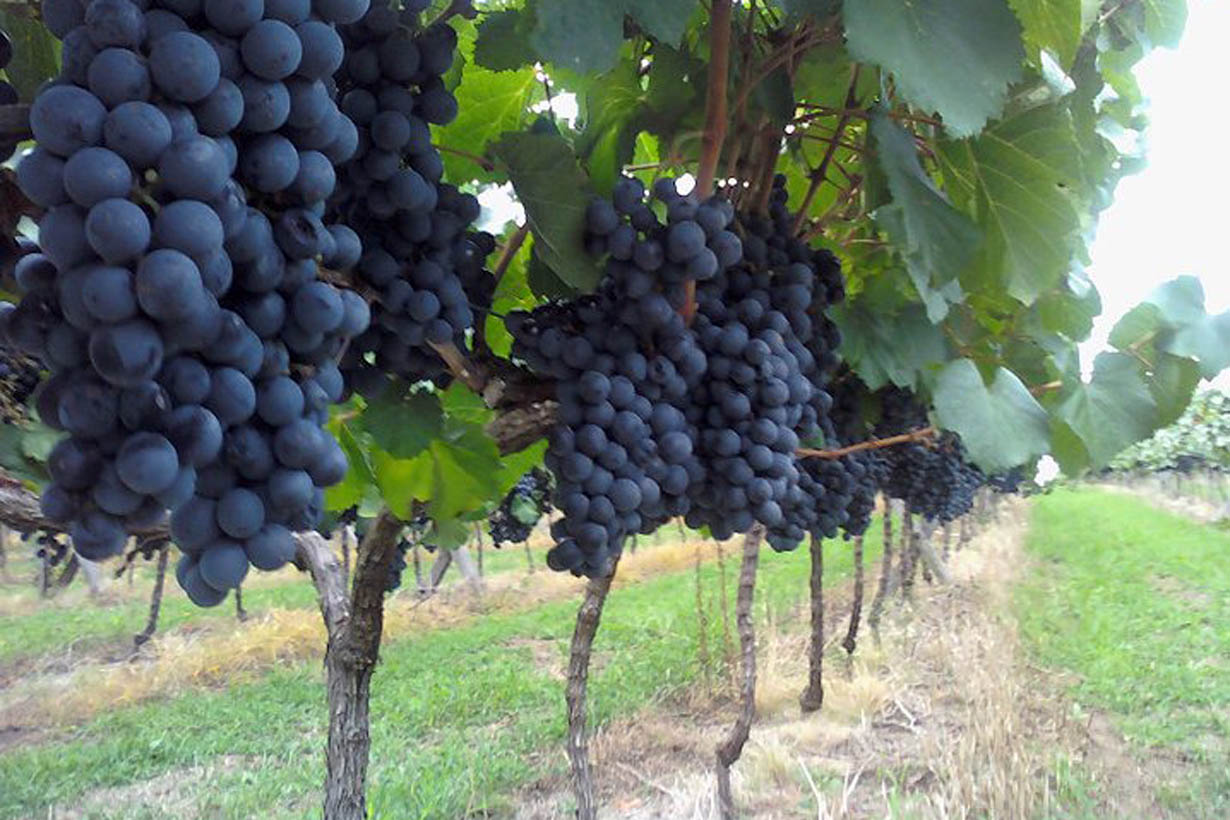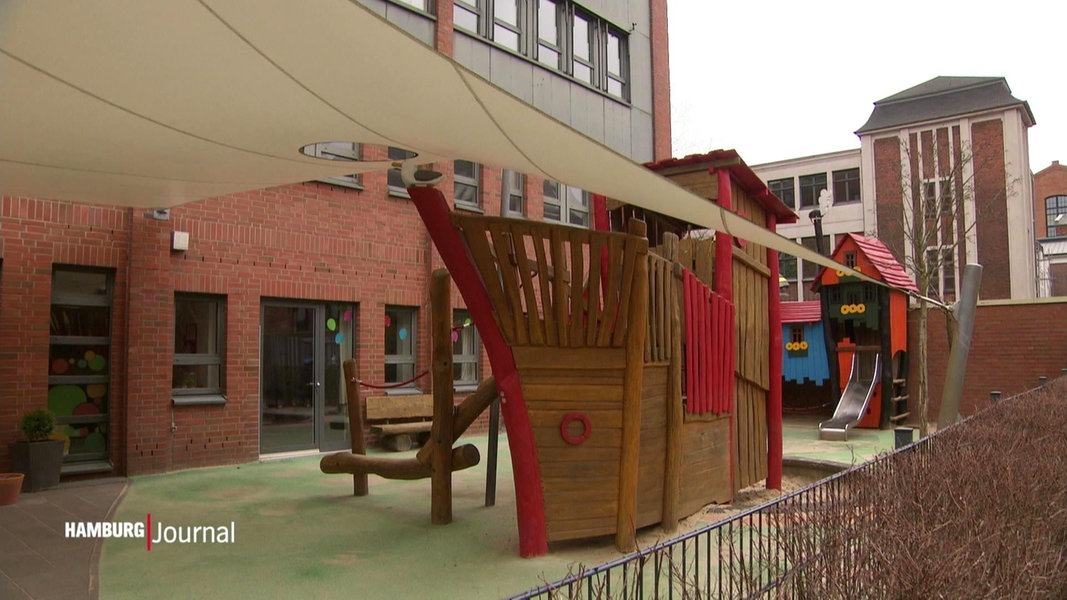Outside of the most traditional winemaking maps, the territory of San José keeps an ideal layout for tasters of new experiences. The story of a rebirth that today bears fruit is multiplied in an undertaking of diverse varieties: “Harvest in the colony. With our eyes on the sky and our hands on the ground ”, a date in the calendar that is coming to stay and to reconstruct the history of viticulture that began in the province in the 19th century.
The Municipality of San José and the “Los Franco Suizos” Establishment set a date for an outdoor harvest, not without telling part of the local history, the one that tells us about Justo José de Urquiza as one of the promoters of the vineyard plantation in Entre Ríos in 1863, a story that also tells of the vines brought from France and that later other immigrants also brought.
By 1928, Entre Ríos was the fourth largest wine-growing region in the country: 115 wineries, 2,500 hectares of vineyards and a culture deeply rooted in the making of wine. By then, Concordia, Federación and Colonia San José were the bastions of this activity, although there were also wineries in Concepción del Uruguay and Paraná. The tradition of wine came from the hands of the settlers. “They were Swiss from the Canton of Valais, French from Upper Savoy and Italians from Piedmont, who came to populate the province towards the end of 1850 and brought in their collection the different methods of making their own wine”, says historian Celia Vernaz , while recalling the prohibition of growing grapes for winemaking that was maintained for Entre Ríos until 1993. “It was very drastic, a slap to the producer, very sad,” says Celia, “municipal employees came to break stills and barrels so that no more was produced, they spilled the wine, work was lost, they threw away the production, it was shameful ”.
This economic policy decision openly benefited Cuyo, since the authorities considered that Entre Ríos had other sources of production. Thus, the regulation put an end to viticulture in the province: all the large wineries closed and the activity was limited to the production of wine for family consumption.
It took more than half a century for that to change: it was not until the 1990s that this law was repealed, and the vineyards timidly reappeared in the Pampean plain. Today that bad news was reconverted; taking to the roads the links of the wine route that joins and revives, to the rhythm of the steps of a tasting, again in the city of San José.
Times to revive viticulture
“Harvest in the colony. With our eyes in the sky and our hands on the ground ”, is a unified proposal by“ Los Franco Suizos ”and the Municipality of San José, which will take place next Sunday, February 7, in the rural establishment.
The outdoor harvest will begin at 9 in the morning and, among the activities, a guided tour of the establishment (wine museum, winery, dairy farm, milling), a discussion on the wine-growing activity in the area, music and traditional dance, picnic lunch and house wine.
With this proposal, San José is once again betting on wine and the local government revives this phenomenon choosing, in the near future, to demarcate a path to add another attraction to its tourist palette. In addition to being in force in the city the Technician in Enology and Fruit growing maintaining fruit trees, with the aim of training professionals in the area.
It should be noted that the entrance to the event has a cost of $ 750 for seniors and $ 400 for less than 5 to 12 years.
Bet
Both the establishment and the municipality are committed to production and also to harmonize the undertaking with a tourist development; museum, history, gastronomy, dances, dialogues, identity and music in a unique landscape. Perhaps this venture will be a kind of rattle to tempt other investors to bet on wine production in the area, no longer as a quixotic venture but as a historic place for our soil, which deserves to return and settle.-


